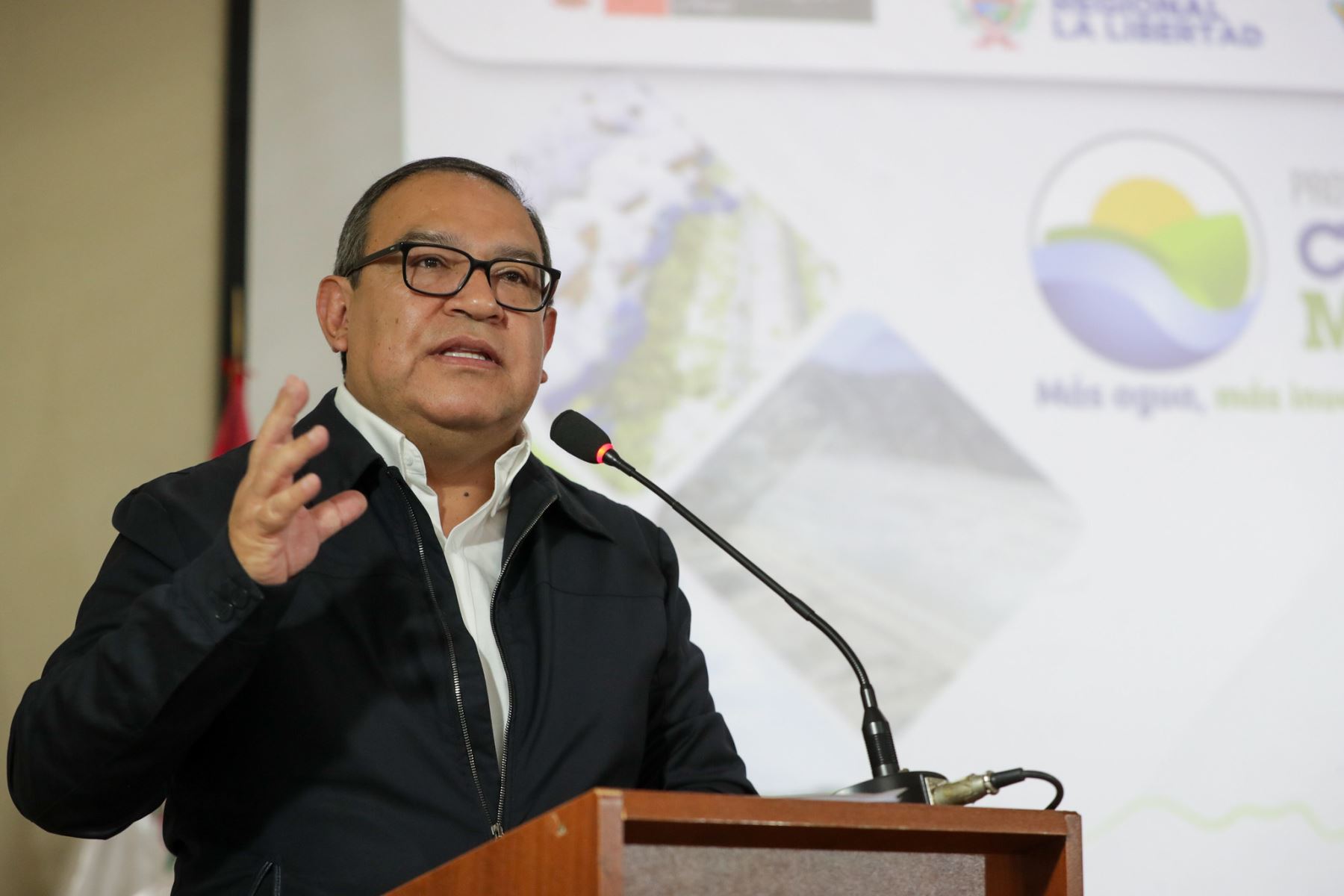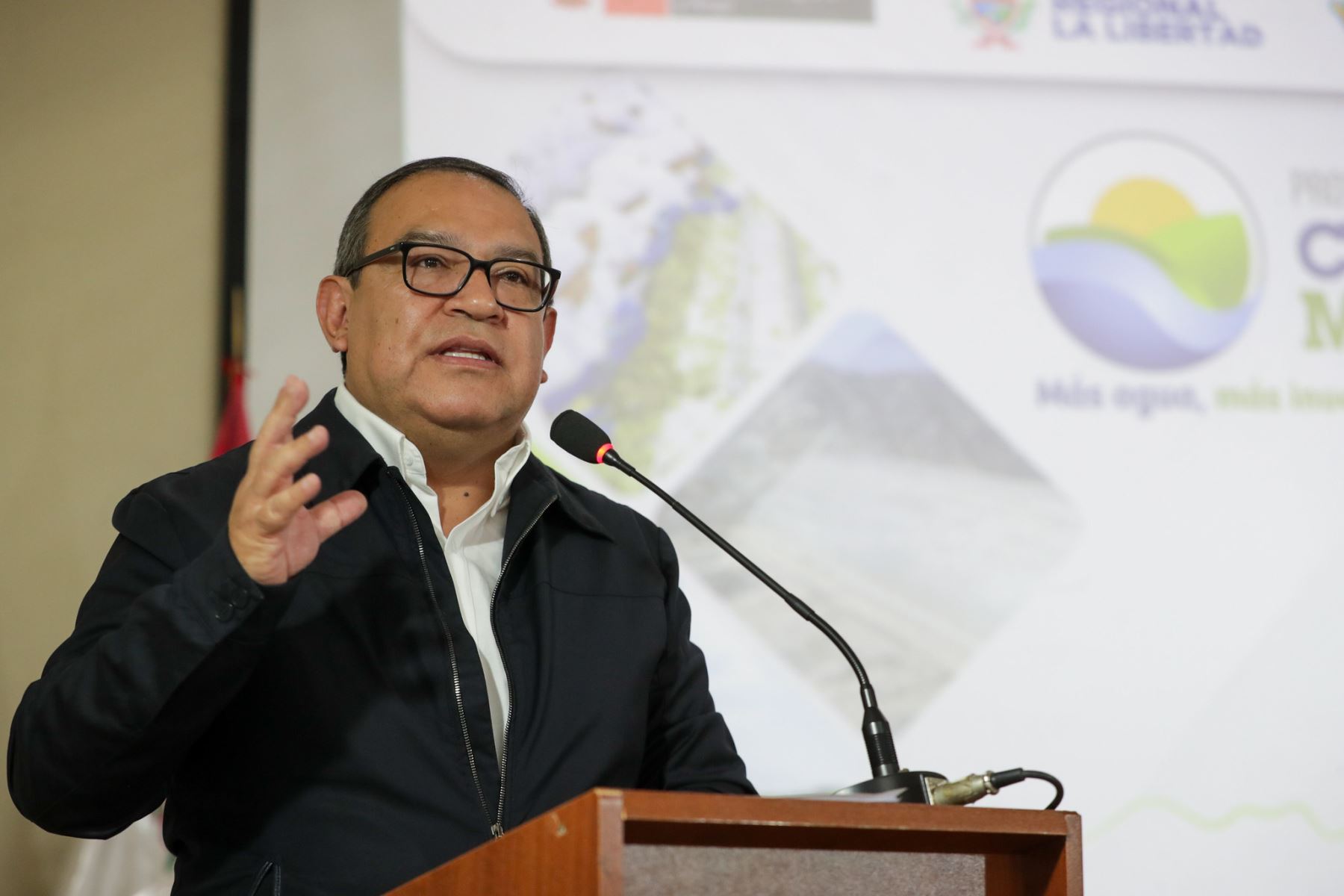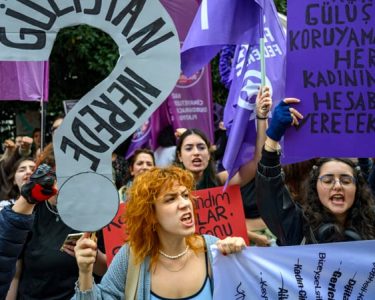
LIMA, July 4 (NNN-ANDINA) — Peruvian Prime Minister Alberto Otarola affirmed that the Executive Branch is coordinating preventive measures and is permanently monitoring actions in the face of El Niño Global phenomenon.
In this regard, he conveyed a message of calm to the population, noting that the Government has allocated more than S/1.4 billion (about US$386.3 million) to carry out preventive works before the occurrence of said weather event.
Likewise, the Cabinet chief indicated that the Government is in permanent contact and coordination with experts, who will help transmit this message of calm to the population, but also a warning.
“As you know, we are currently coping with the arrival of Global El Niño, which is expected to be moderate to strong, in a coordinated manner,” Otarola stated.
“We are permanently following upon the progress of this weather event, always in coordination with those who know about the subject,” he added after meeting with representatives of technical agencies at the headquarters of the Presidency of the Council of Ministers (PCM).
Likewise, regarding the alert due to the activity at Ubinas Volcano, in Moquegua region, the head of the Ministerial Cabinet reported that the Executive Branch is in permanent contact with regional authorities.
Furthermore, Otarola affirmed that measures are being taken so that the population is adequately protected.
On June 9, the US National Oceanic and Atmospheric Administration (NOAA) confirmed the arrival of Global El Niño, a weather event that is expected to gain strength with the passing of months and could have a moderate to strong impact on Peru.
“Global El Niño is just developing in the world. The phenomenon has not yet been felt (in Peru) because the central zone (of the Pacific Ocean) is still warming,“ Rina Gabriel, a spokesperson for the Multisectoral Commission in Charge of the National Study of El Niño Phenomenon (Enfen), told Andina news agency.
According to the Peruvian Sea Institute (Imarpe), the “El Niño” or Global Niño —as it is called to differentiate it from Coastal El Niño— emerged at the end of the 19th century and the beginning of the 20th century.
This climate pattern is characterized by the abnormal warming of the northern Peruvian coast, which is associated with the El Niño current and heavy rains. — NNN-ANDINA






